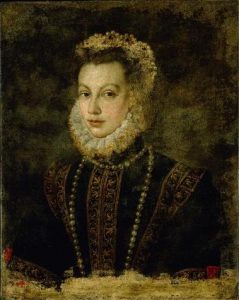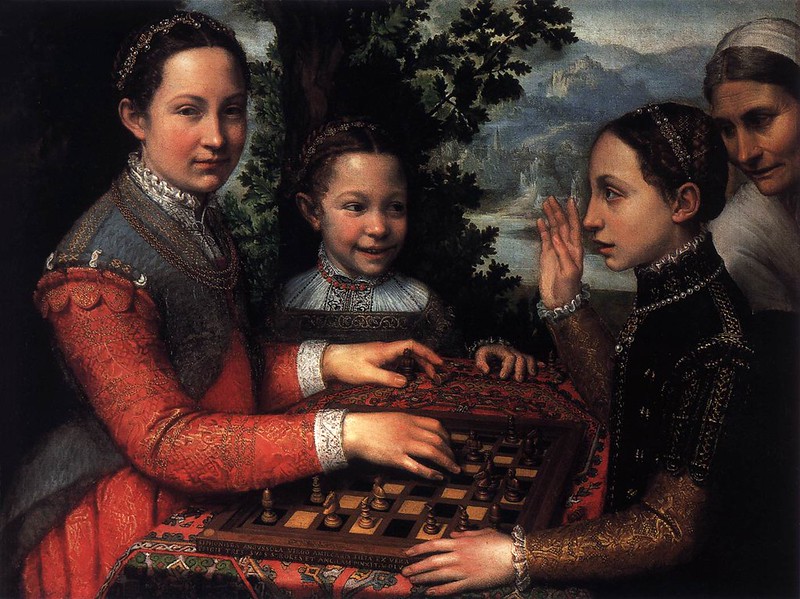Changing the Art World for Women
The art world has been fraught with gender inequality for centuries and this has severely limited the development of many talented female artists. Despite obvious challenges, women artists have triumphed through the ages. Although there are many famous female artists, there are also several who are equally important, despite being relatively unknown. Sofonisba Anguissola is one of them.
Setting a Precedent
Anguissola was a Renaissance painter from Italy who lived from 1532 until 1625. From a young age she received encouragement from her father in her artistic endeavours – something unusual during those times. In later years Anguissola was educated in art as an understudy of Bernardino Gatti and Bernardino Campi. Her apprenticeship with the two prominent painters had major impact on the future of female artists, and set a precedent for women to be accepted as students of fine art.
Further Challenges
Female Artists were not only challenged by a lack of acceptance when it came to training, they were also encumbered with a shortage of options for studying anatomy. While it was completely acceptable for men to study anatomy, and even the naked human form in life drawing sessions, women were not given the same options. Anguissola suffered with these restrictions but counteracted the limitations set to her in an ingenious way, while also subtly challenging the traditional gender-based allowances of the era.
Anguissola’s Inspired Art
Instead of relying on traditional means of anatomical study, Anguissola painted informal self-portraits and portraits of her family members. In one of her pieces she painted her sisters Europa, Minerva and Lucia playing a game of chess. In the painting the sisters are dressed formally, but have relaxed and natural expressions that capture the essence of the moment. Anguissola loved painting her subjects in formal wear with informal expressions – in direct opposition to the Italian portraits that were stiff, formal and idealised versions of the subjects during those years. Besides rebelling against the proprietary style of the time, Anguissola’s painting also featured females playing chess – which was a game only seen as appropriate for males because of its need for strategic thinking and logic.
Rising Above Gender-based Limitations
In years to come Anguissola became the court painter of the Spanish King Philip II where she resided for 14 years. This was the start of her career. After her eyesight deteriorated too much to paint, she continued supporting the art world by becoming a patron of the arts. Anguissola is known for painting deep into her old age and particularly remembered for rising above the limits placed upon her by society because of her gender.




